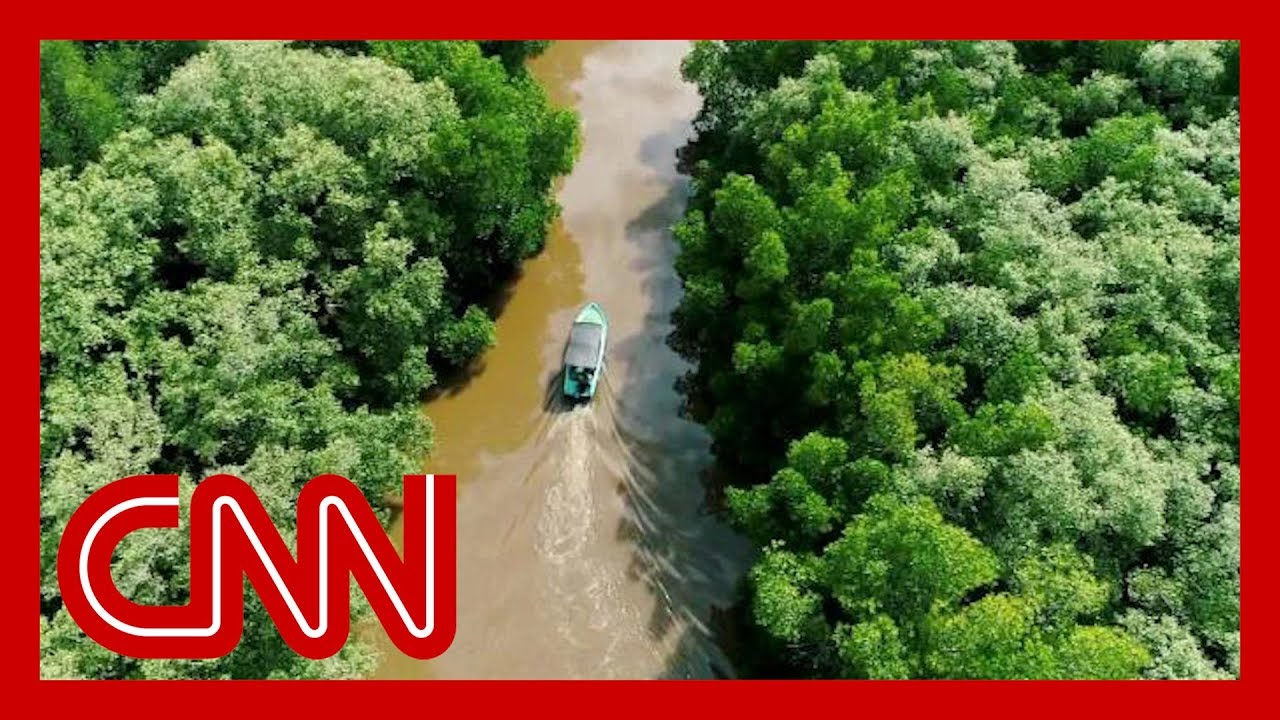Learn why Sri Lanka is working to save its remaining mangrove forests, and to plant new ones. #CNN #News
How Sri Lanka’s mangrove forests can save lives


Learn why Sri Lanka is working to save its remaining mangrove forests, and to plant new ones. #CNN #News
Firsttttt
please live it alone before someone decides to ‘help” the economy and we lost this forest like so many others.
What a beautiful nature. 💯👌
😮wow
Beautiful environment
Delete the violent comments, dear CNN. Lanka is used for myths, it’s good on you for bringing positiv things to light
Hari H facist so no other opinion matters but yours???
Facist dolt…
The audio is low
Wonderful..Trees planted instead of being cut down….
beautiful nature
Nature: Exist
Humans: ….. We claim dominion over this entire planet ‼️🔥
I want to lead my village to do. the same the how and where do I get advice or where to get the plants . Our Rivers have been dried out being abused neglected and eroded for such a long time. The damage done is so bad that I’m not sure if there is still hope this can be reversed. Lands and farms are disappearing due to erosions , still the people go for the mountain nearby again deforested and started to dig the soil from the deforested mountain to sell. I’m living abroad but I would like to go back and help save my community that was once so rich in natural beauty and so much more, lots of spring water that was once supplied 8 different communities, all are gone and still no one including the govt. ever care to stop and educate these people not one.
Try to get in touch with the Peace Corps in your country. Also Conservation International has offices and programs in most countries that could help. But also, do it yourself. You know how to use the internet, and you know that the people in your community are always hopeful and willing to work hard. Educate yourself a bit, go back home, and talk to people. Tell them yes, they can do it, and they will, often they just need somebody to tell them they can do it. Get into ecotourism. Get into supplying high quality produce, herbs, meats, etc. to whatever the major city nearby is, there’s a big movement for quality all around the world. Mostly, just don’t be afraid to try. Build your own nursery and grow your own mangroves, I’ve done it with $200 in supplies to start (well I was growing trees for reforesting hillsides, but about the same will get you a decent sized nursery anywhere in the developing world.) Partner with a local community college and the students there will help.
Proud to be a SRI LANKAN!!
Superb !!!
Racist Fox news will never show this😂😂
Jefferson Middle School, very beautiful nature
I love it
Anybody remember what happened in Sri Lanka on Easter Day, 2019?
Poor sound quality….or is this a lip reading exercise?
I’ve been preaching exactly this since 2002 when I spent a year in Bahia de Caraquez, Ecuador, a city on the coast at the estuary mouth of the Choco river, an large tidal bay filled with mangrove islands and forests. I saw how the local fishermen relied on the mangroves as the nurseries of the fish they would catch, and the colorful crabs. I saw how the birds relied on the mangroves as nesting grounds protected from (most) predators (dangit snakes can swim, lol!) And I watched as significant portions of Ecuador’s coast was turned from mangrove forest to shrimp farms, and then 6 years later, when no amount of anitbiotics would hold of the mancha blanca disease, the shrimp farms close and look for more mangroves to chop down. The locals who had been happy to take regular jobs at the shrimp farms now were out of work but could no longer go back to subsistence fishing as a livelihood practiced for generations, their children could no longer go to school or eat well. The local officials who approved the shrimp farms as a boon to the local economy were out of work as well. The one lesson I took, and the thing everybody can do, don’t buy farmed shrimp. Unless you know for sure it’s sustainable, and almost none is, make sure that it’s wild caught, and that means expensive. Don’t order shrimp at restaurants, don’t buy it in stores, and tell your friends and family to do the same.
So U.S.A happy with sri lanka….